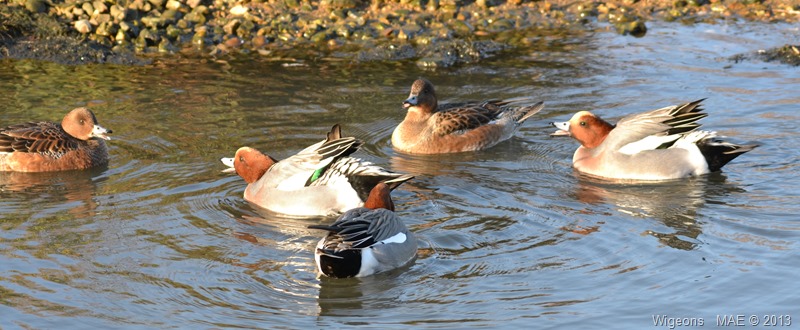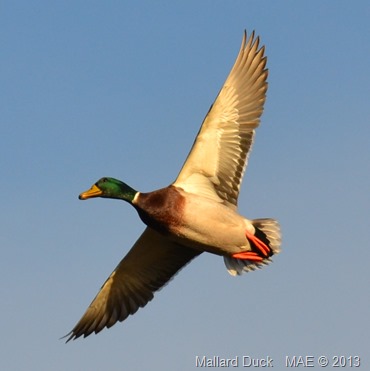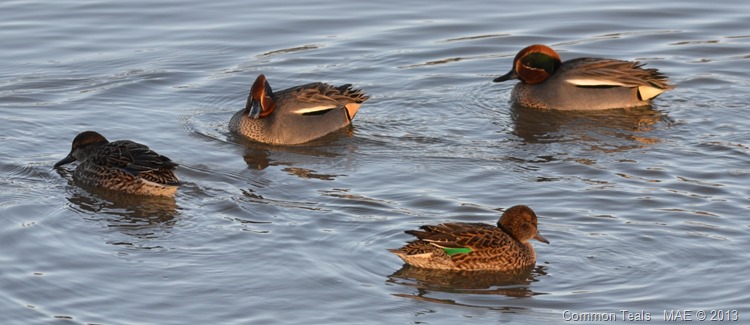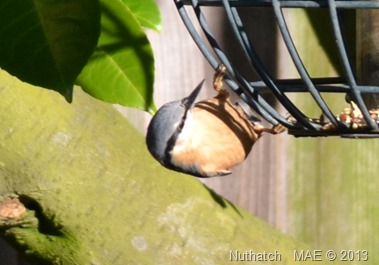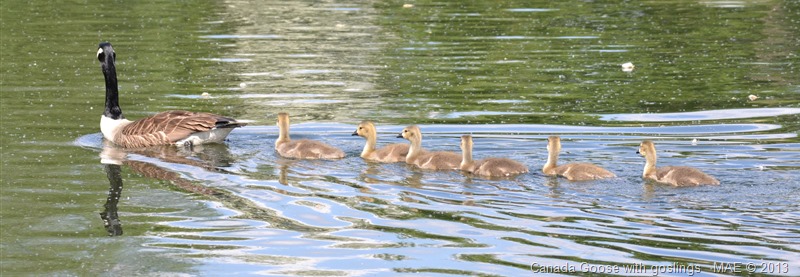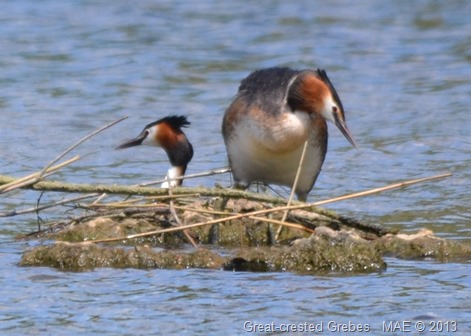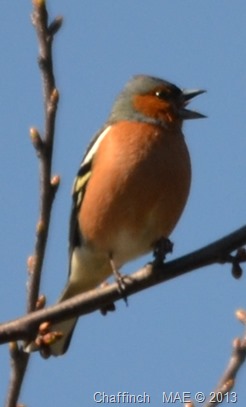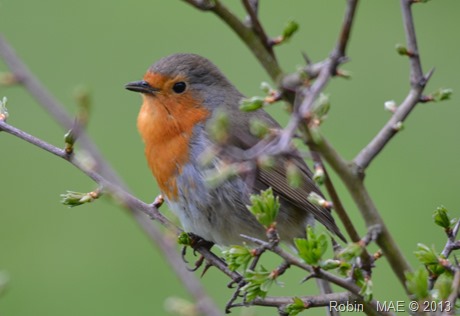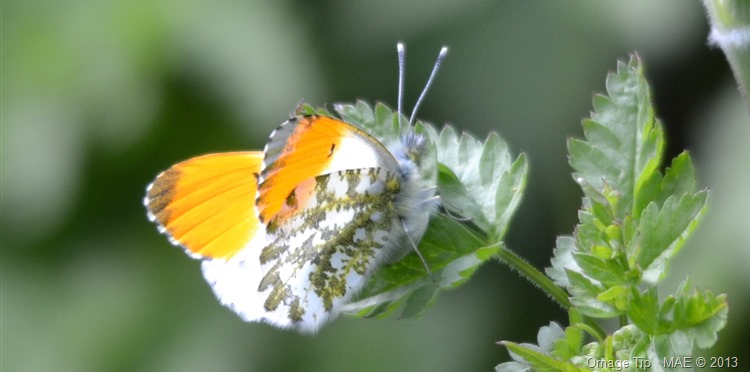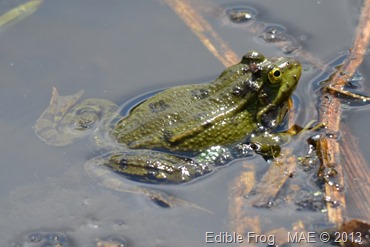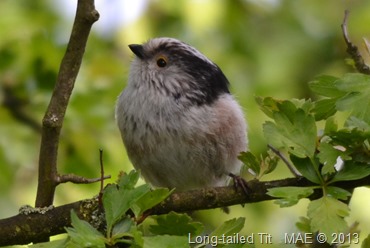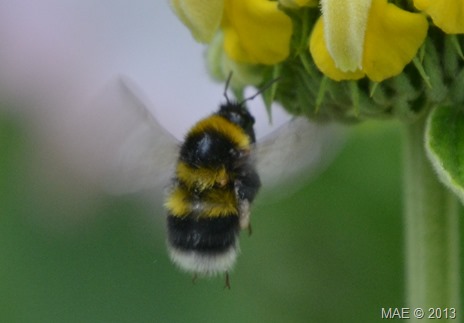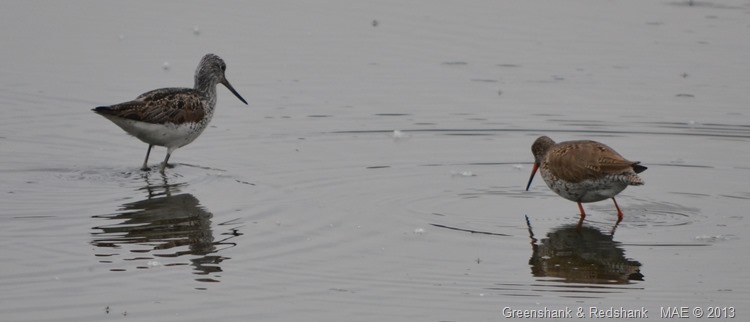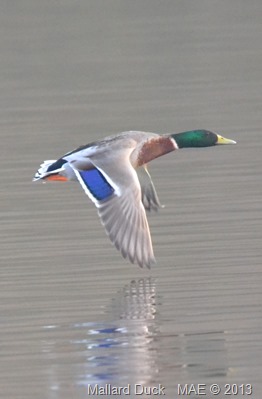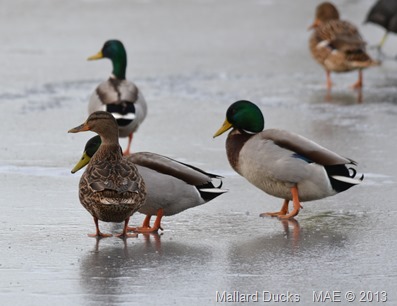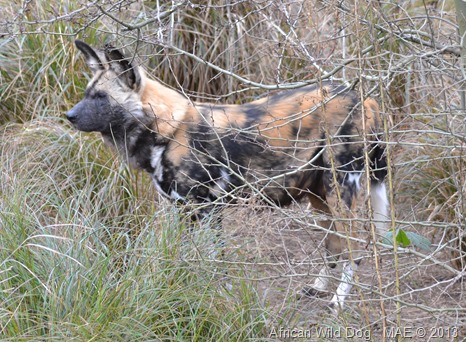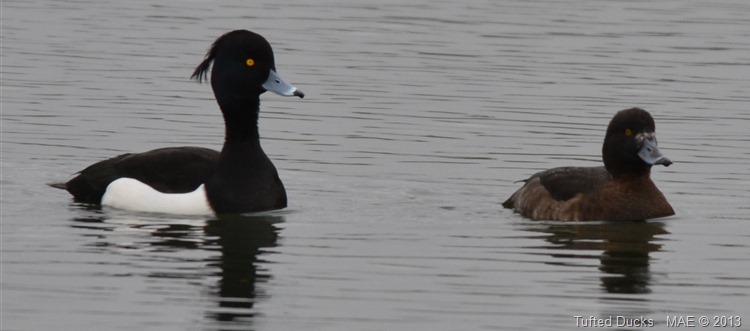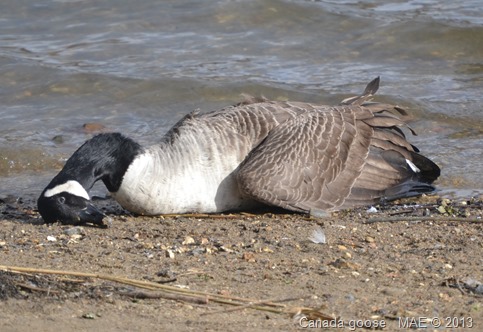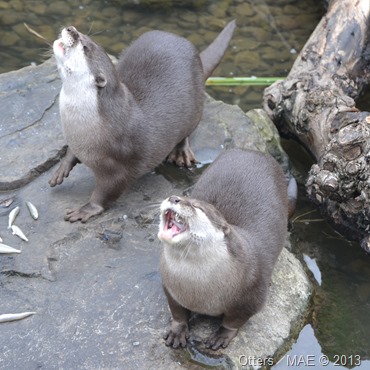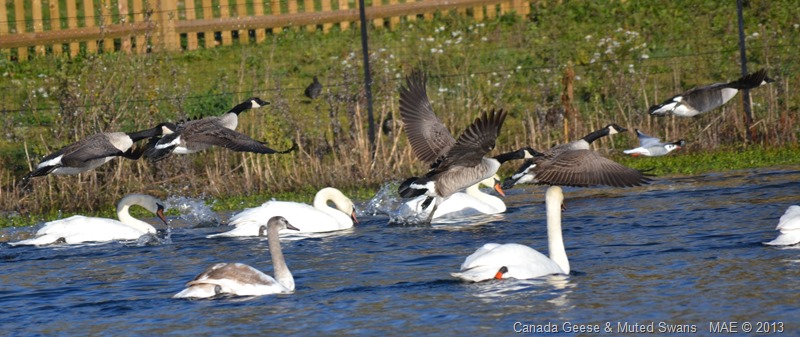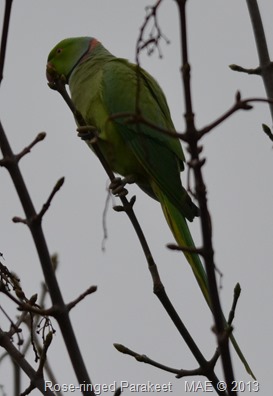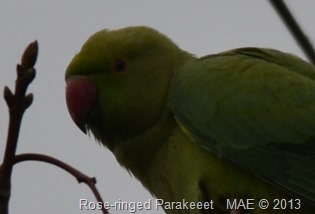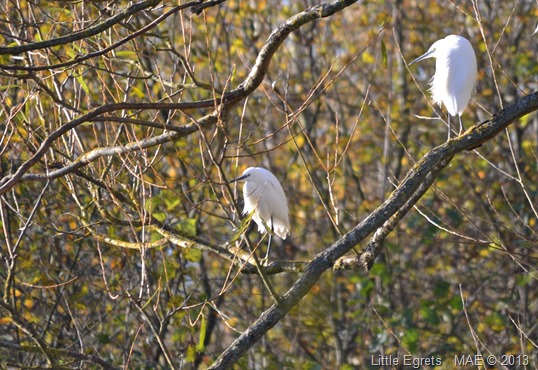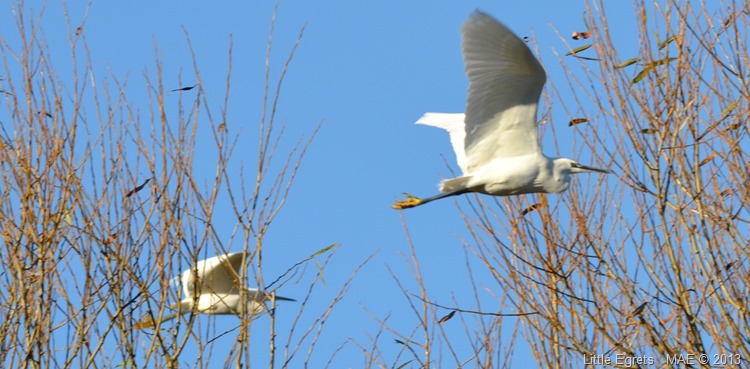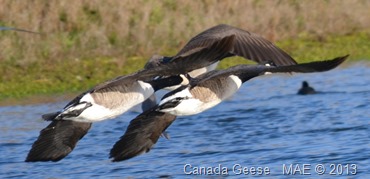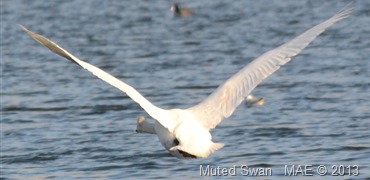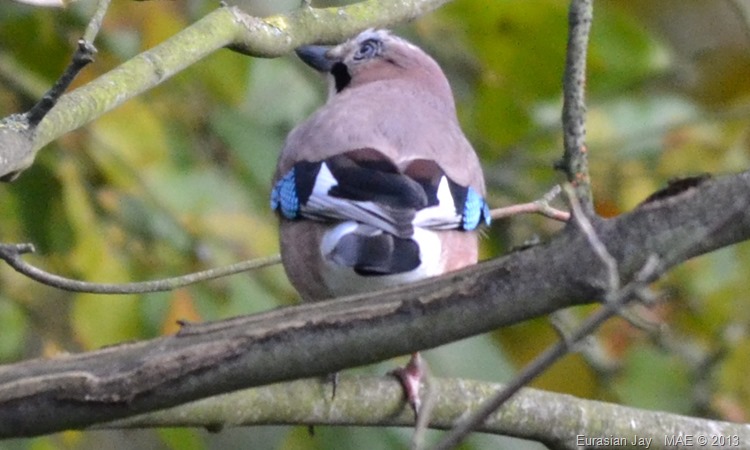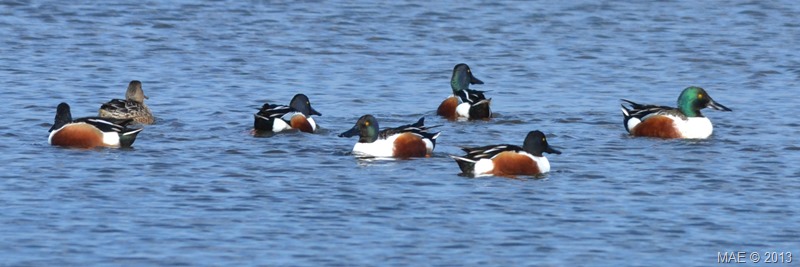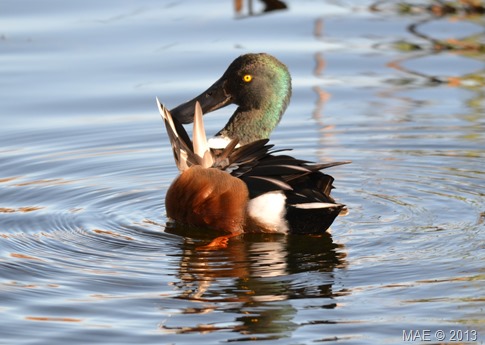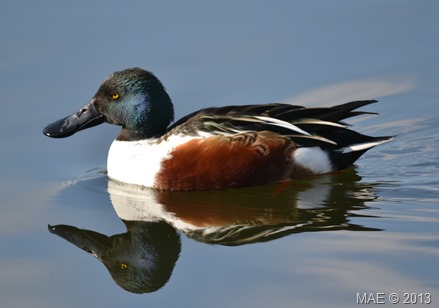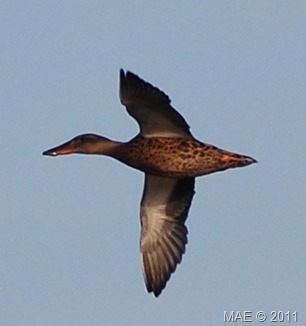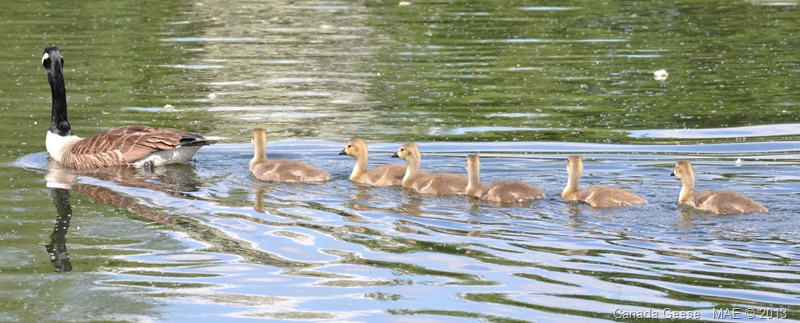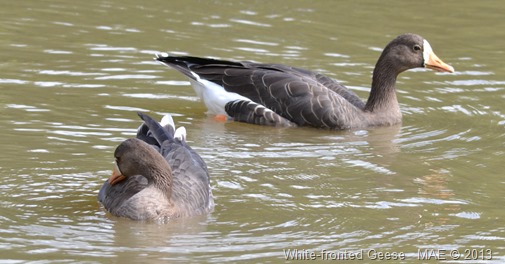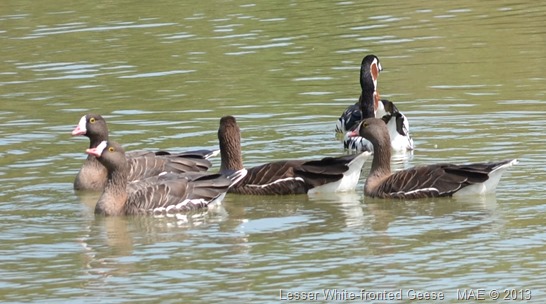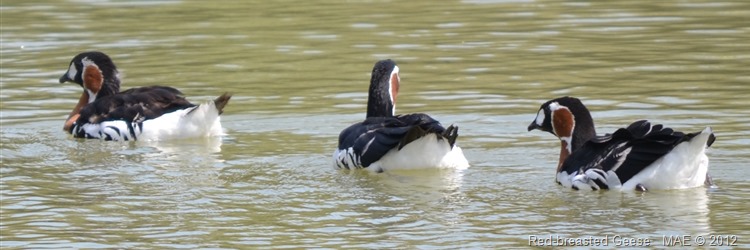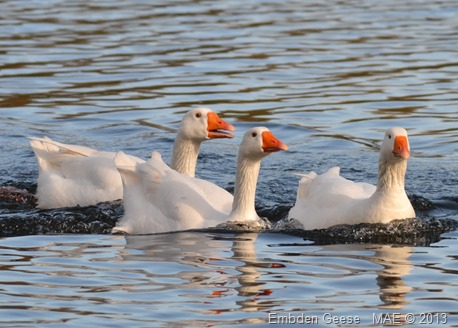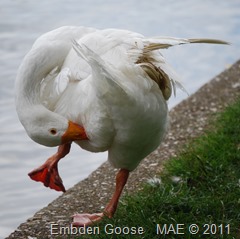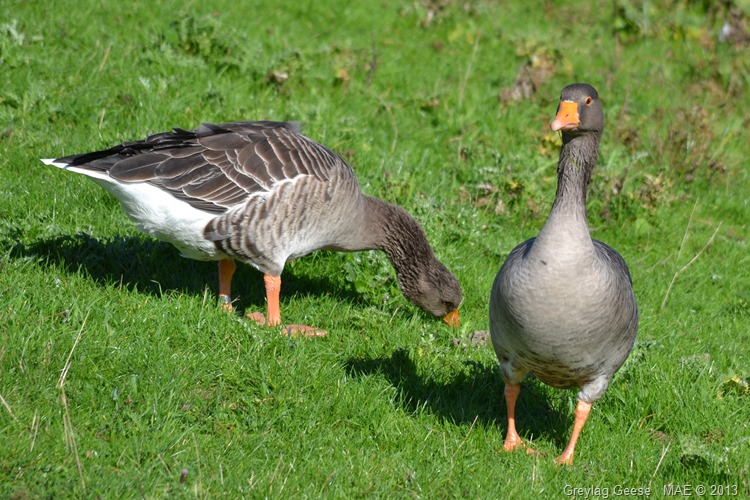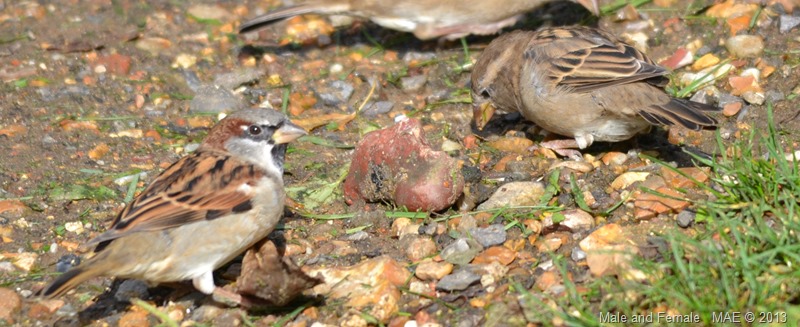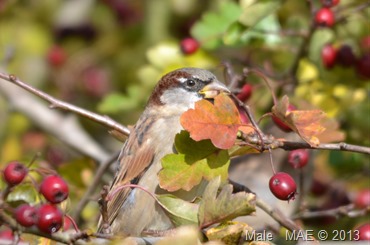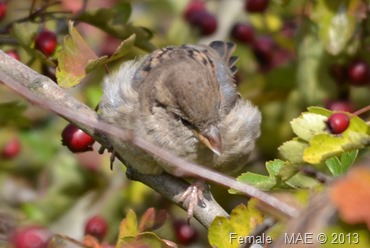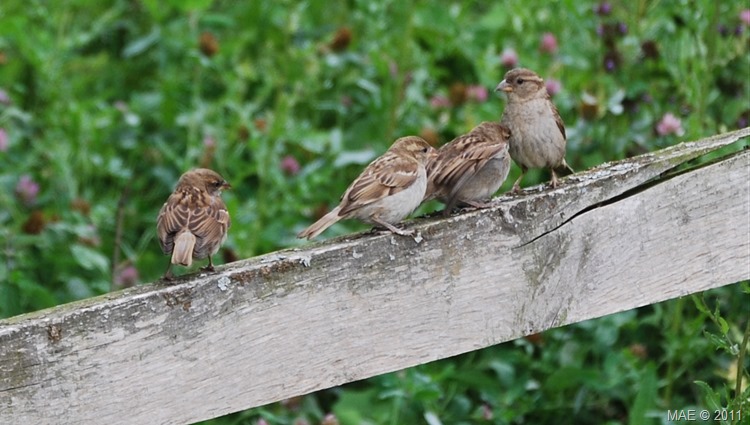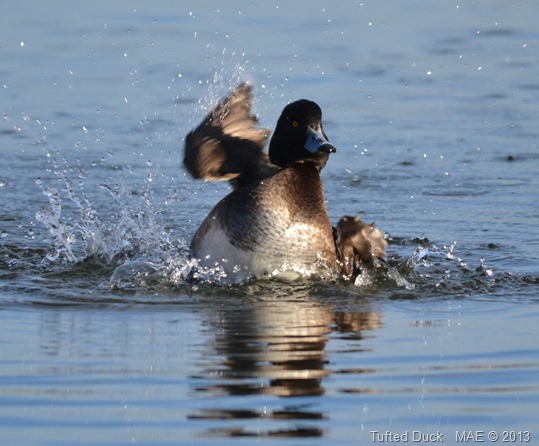 It must have been the very sunny weather, between the end-of-this-December low pressure systems that have tortured western Europe lately. But with the clear blue sky and almost no wind, it was to be an interesting weekend. Nobody however could have predicted how remarkable it turned out to be.
It must have been the very sunny weather, between the end-of-this-December low pressure systems that have tortured western Europe lately. But with the clear blue sky and almost no wind, it was to be an interesting weekend. Nobody however could have predicted how remarkable it turned out to be.
On Saturday I visited London Wetland Centre, just to see if there was anything exciting going on. The domestic Wigeons (Anas Penelope) already made my visit worthwhile with their display of bravado against each other as seen in the banner.
But the Tufted Duck (Aythya Fuligula) that took a bath was just too good to be true. You only wonder why she needs this at all, provided that she spends most of her life in the water anyway.
I never knew that there were Pink-footed Geese (Anser Brachyrhynchus) there as well. I had seen some other geese in the Wetland Centre in the past, but these beautiful big birds with their regal brown heads and funny pink flippers were just a joy to take pictures of. And they treated me on a swimming display as well.
I wondered where all the Common Teals (Anas Crecca) had gone. They should be here in their dozens now the winter has started, but I only spotted one or two in the Wetland Centre. But just across, when I walked back to Putney along the Thames I spotted about 15 of them having a jolly afternoon near the river. I did not expect that at all!
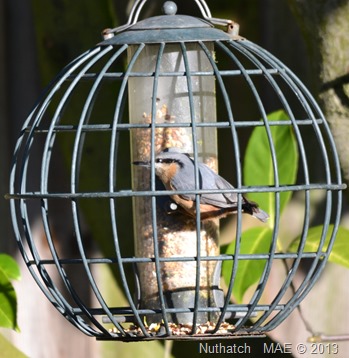 But the most remarkable event happened today, when I was watching my bird feeder in the garden. I hadn’t seen much visitors lately, but the one that flew in just now was a first for me: a Nuthatch (Sitta Europaea) found the food and took its time to enjoy it.
But the most remarkable event happened today, when I was watching my bird feeder in the garden. I hadn’t seen much visitors lately, but the one that flew in just now was a first for me: a Nuthatch (Sitta Europaea) found the food and took its time to enjoy it.
There are many weekends I remember to be remarkable. Because of the weather or of a new bird or butterfly I saw. But this last weekend of 2013 was certainly very remarkable!
